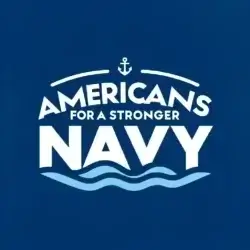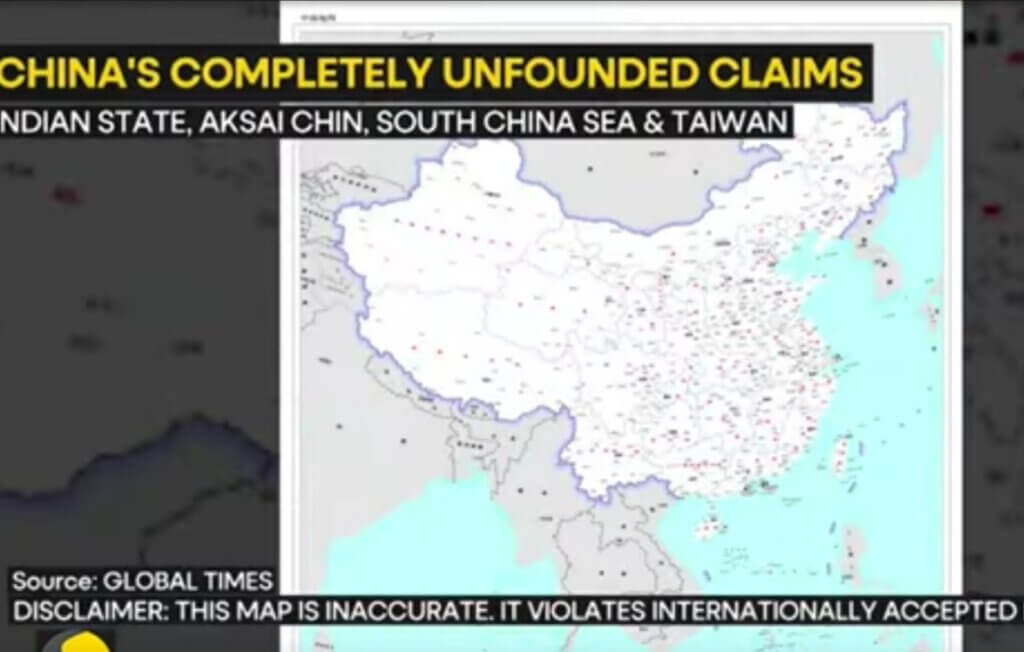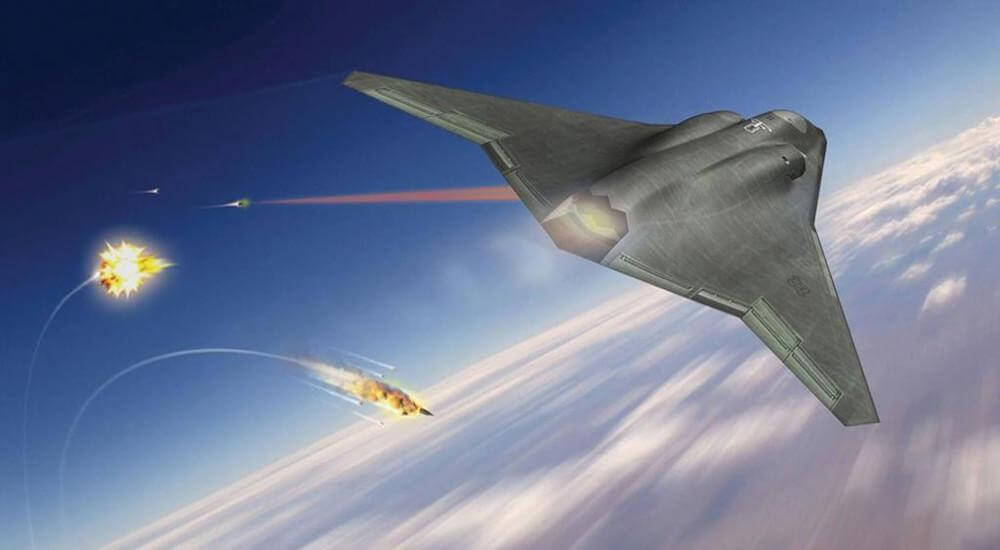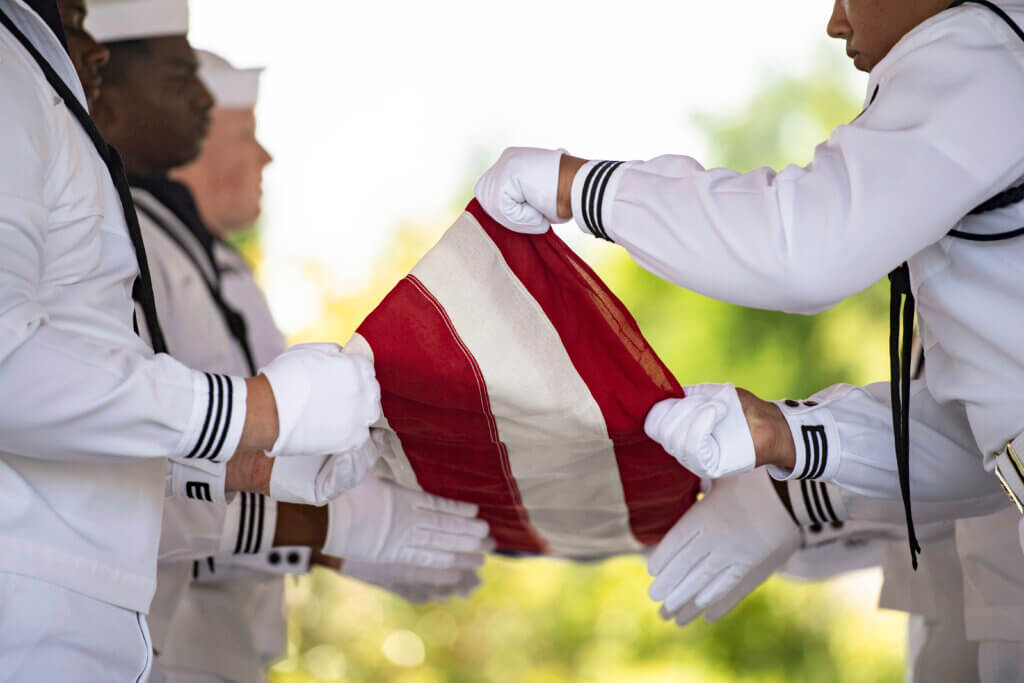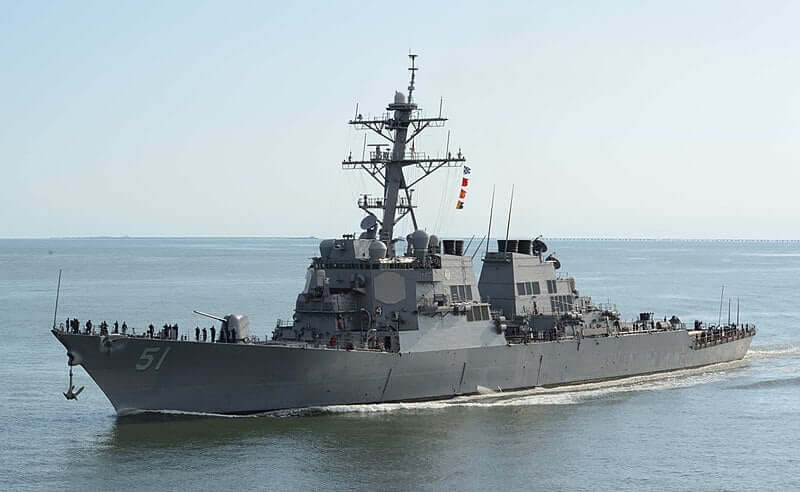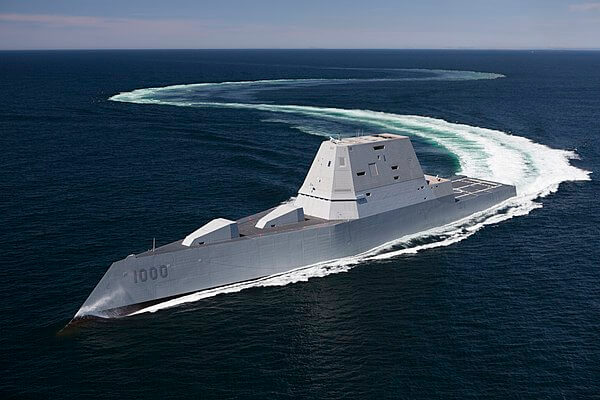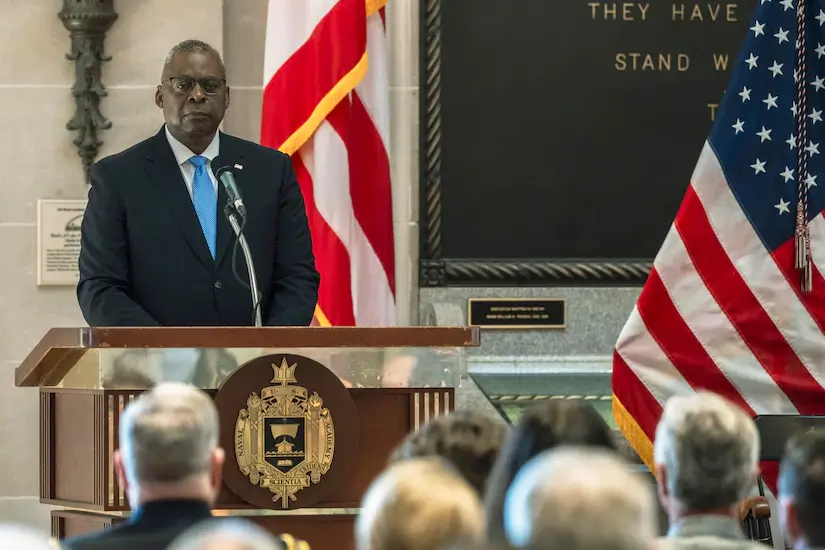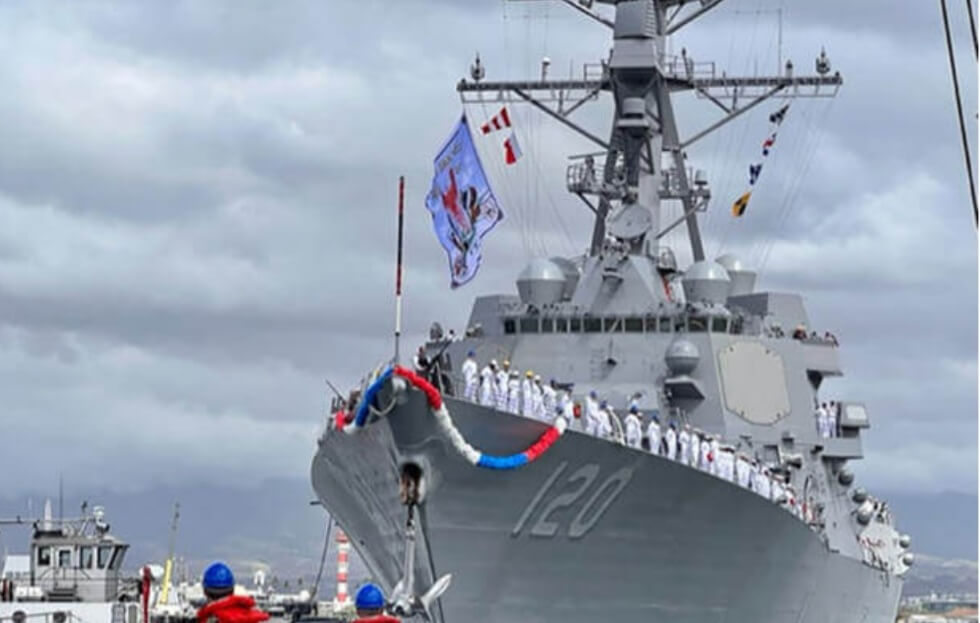
Hello, fellow Navy supporters and enthusiasts! Today, I want to share with you an amazing story about the newest Navy destroyer, the USS Carl M. Levin, and its unique and awesome battle flag. If you are a fan of pirates, sea monsters, and phoenixes, you will love this story!
Who is the USS Carl M. Levin?
The USS Carl M. Levin is an Arleigh Burke-class guided missile destroyer that was commissioned on June 26, 2023, in Baltimore, Maryland. It is the 76th destroyer of its class and the first Navy ship to be named after the late Senator Carl Levin, who served in Congress for 36 years and was a longtime champion of the military and defense affairs. He was also a strong advocate for veterans’ rights, fiscal responsibility, bipartisanship, and the repeal of “Don’t Ask, Don’t Tell”. He died in 2021 at age 87.
The USS Carl M. Levin arrived at its homeport of Joint Base Pearl Harbor-Hickam, Hawaii, on August 7, 2023. It is assigned to the U.S. Pacific Fleet and will conduct missions in support of the U.S. national security interests and the Free and Open Indo-Pacific strategy.
What is the battle flag of the USS Carl M. Levin?
The battle flag of the USS Carl M. Levin is a stunning and striking design that features a fearsome pirate ship, a legendary sea monster, and a mythical phoenix. It was designed by Damage Controlman 3rd Class Hector Mendoza, who was inspired by telling his nieces about his job in the Navy as a pirate. He said he wanted to design a “pretty badass battle flag to display for everyone to see”.
The pirate ship represents the heritage and history of sailing the seven seas as a Navy sailor. The kraken, a large and terrifying sea creature of yore, symbolizes the power and might of the Navy and its ability to destroy any enemy that threatens it. The phoenix, the ship’s mascot, rises out of the destruction, symbolizing how the crew will persevere through any hardships or challenges.
The battle flag also pays tribute to the ship’s namesake and his home state. In the lower left corner, there is an ivory gavel that marks Levin’s 36 years of service in Congress and his role as the chairman of the Senate Armed Services Committee. In the lower right corner, there is the Michigan flag that honors Levin’s home state and his connection to the Great Lakes region.
Why is the battle flag important?
The battle flag is important because it reflects the identity and spirit of the ship and its crew. It shows their pride, courage, resilience, and dedication to their mission and their nation. It also shows their respect and gratitude for their namesake and his legacy. It also adds some flair and fun to their arrival at port.
The battle flag is also part of a growing tradition in the Navy of flying unique and creative flags on newly commissioned warships. Some examples of other Navy warships’ battle flags are:
• The USS John S. McCain flies a flag that features a silhouette of its namesake senator giving a thumbs-up gesture and his motto “Country First”.
• The USS Michael Monsoor flies a flag that depicts a Medal of Honor ribbon and a trident, honoring its namesake Navy SEAL who sacrificed his life to save his teammates in Iraq.
• The USS Rafael Peralta flies a flag that shows a pair of crossed rifles and a helmet with a bullet hole, commemorating its namesake Marine who used his body to shield his comrades from a grenade in Iraq.
• The USS Paul Ignatius flies a flag that displays a pair of crossed swords and a pair of wings, symbolizing its namesake secretary of the Navy’s service as both an Army officer and an Air Force pilot.
What do you think?
I hope you enjoyed this story about the USS Carl M. Levin and its battle flag. I think it is a great example of how the Navy celebrates its history, culture, and heroes through its ships and flags. I also think it is a great way to show our support and appreciation for our Navy sailors who serve our country with honor and excellence.
What do you think? Do you like the design and meaning of the battle flag? Do you have any other favorite Navy warships’ battle flags? Do you have any suggestions or ideas for future battle flags? Please share your thoughts and opinions in the comments section below. I would love to hear from you!
Thank you for reading this blog post and for following #AmericansforaStrongerNavy. Stay tuned for more updates and stories about our Navy and its amazing ships and sailors. Until next time, stay safe and stay Navy!
Source: [Military.com]

